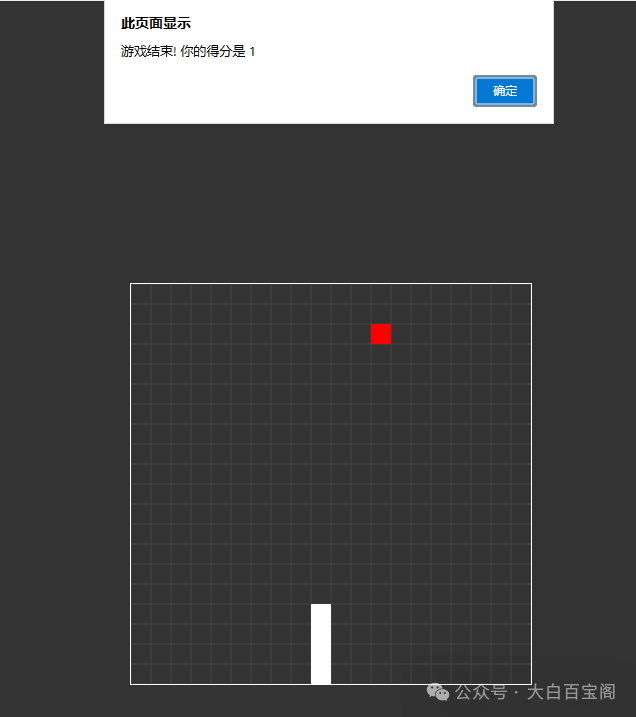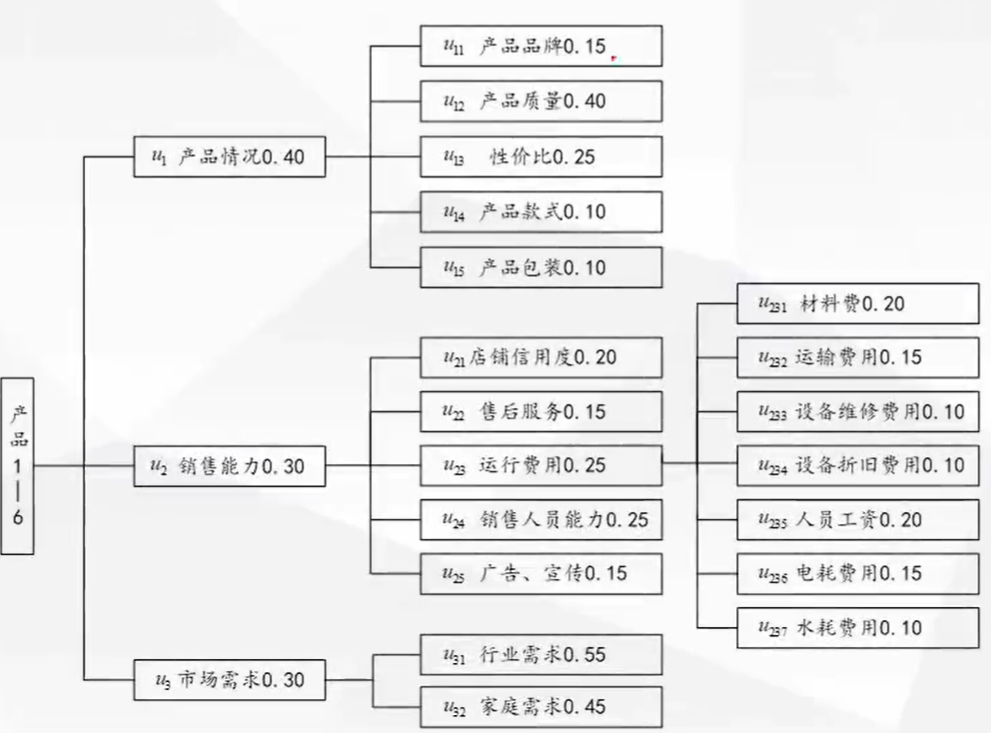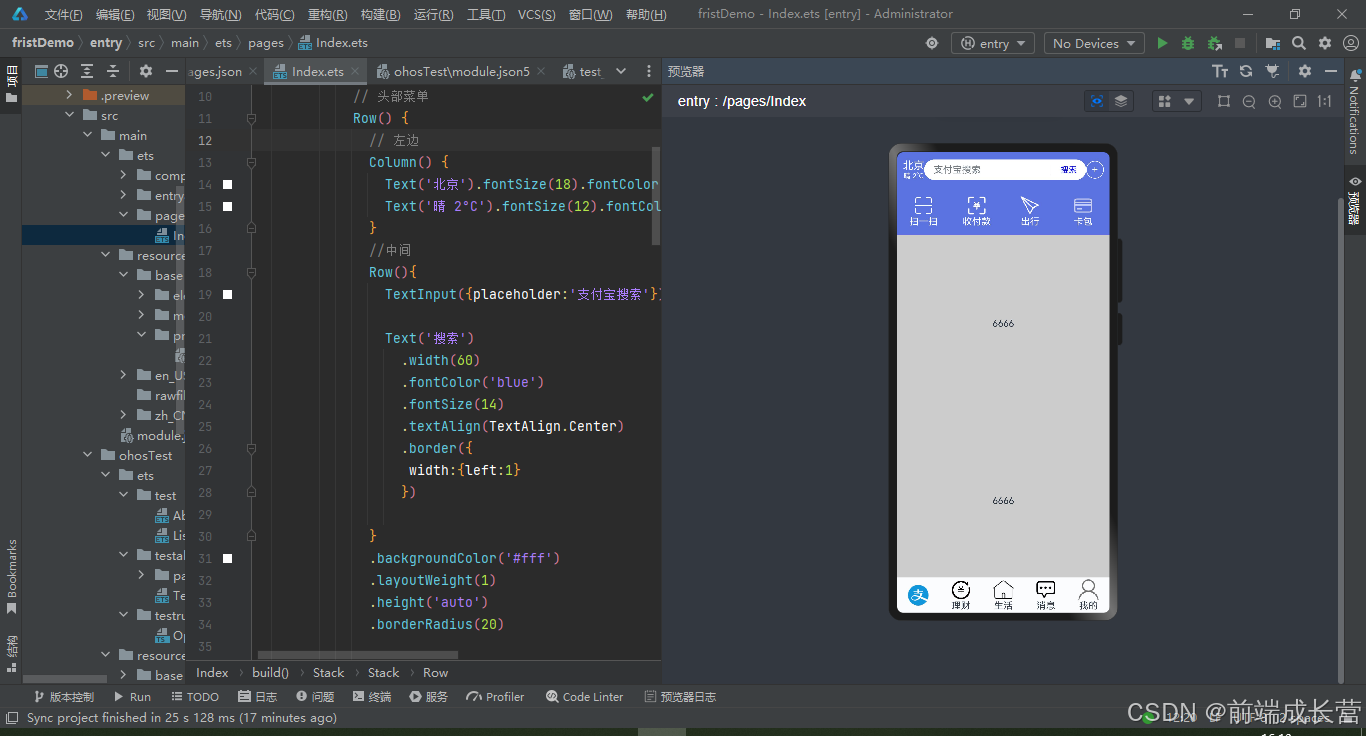一、4中写入文本的方式:
//①表示清空 txt
StreamWriter mytxt1 = new StreamWriter("D:\\1清空.txt");
string t1 = "";
mytxt1.Write(t1);
mytxt1.Close();
//②表示向txt写入文本
StreamWriter mytxt2 = new StreamWriter("D:\\2写入覆盖.txt");
string t2 = "已写入覆盖";
mytxt2.Write(t2);
mytxt2.Close();
或
//字符串写入文本,若文件存在则覆盖文件
System.IO.File.WriteAllText(@"C:\Users\Administrator\Desktop\写入新建文本文档.txt", text);
//③表示追加文本
StreamWriter mytxt3 = File.AppendText("D:\\3追加.txt");
string t3 = "追加文字";
mytxt3.Write(t3);
mytxt3.Close();
//④表示追加一行文本并换行
StreamWriter mytxt4 = File.AppendText("D:\\4追加换行.txt");
string t4 = "追加换行";
mytxt4.WriteLine(t4);
mytxt4.Close();
二、读取文本的方式
①将txt文件当成一个对象
StreamReader mytxt2 = new StreamReader("D:\\2写入覆盖.txt");
mytxt2.ReadToEnd//读取所有字符到结尾
mytxt2.ReadLine(); //读取文本中的一行
按行读取内容可通过while(读取行不为空)依次取出。

System.IO.StreamReader file =
new System.IO.StreamReader(@"d:\4追加换行.txt");
while ((line = file.ReadLine()) != null)
{
System.Console.WriteLine(line);
counter++;
}
file.Close();




②txt的路径作为一个字符串参数,File对象调用方法的一个参数,通过此方法返回字符串。
// 读取所有文本内容。Read the file as one string.
string text = System.IO.File.ReadAllText(@"C:\Users\Administrator\Desktop\新建文本文档.txt");
下图可知,已读取文本文件所有内容,并赋值给字符串text。

③读取文本内容放入数组中
string[] lines = System.IO.File.ReadAllLines(@"C:\Users\Administrator\Desktop\新建文本文档2.txt");string[] lines = System.IO.File.ReadAllLines(@"C:\Users\Administrator\Desktop\新建文本文档2.txt");
下图可知,读取文本文件所有内容并放入lines字符串数组中,共54个item(0-53)(行)。

逐个读取数组中文本,可用for each 语句
StreamWriter mytxt4 = File.AppendText("D:\\4追加换行.txt");
foreach (string line in lines)
{
mytxt4.WriteLine(line);
}
StreamWriter mytxt4 = File.AppendText("D:\\4追加换行.txt");
foreach (string line in lines)
{
mytxt4.WriteLine(line);
}
using System;
using System.Collections.Generic;
using System.IO;
using System.Linq;
using System.Text;
using System.Threading.Tasks;
namespace ConsoleApp0905
{
static class Mytext {
static void Main()
{
//①表示清空 txt
StreamWriter mytxt1 = new StreamWriter("D:\\1清空.txt");
string t1 = "";
mytxt1.Write(t1);
mytxt1.Close();
//②表示向txt写入文本
StreamWriter mytxt2 = new StreamWriter("D:\\2写入覆盖.txt");
string t2 = "已写入覆盖";
mytxt2.Write(t2);
mytxt2.Close();
//③表示追加文本
StreamWriter mytxt3 = File.AppendText("D:\\3追加.txt");
string t3 = "追加文字";
mytxt3.Write(t3);
mytxt3.Close();
//④表示追加一行文本并换行
StreamWriter mytxt4 = File.AppendText("D:\\4追加换行.txt");
string t4 = "追加换行";
mytxt4.WriteLine(t4);
mytxt4.Close();
System.Console.ReadKey();
}
}
}
以下为调试代码:
using System;
using System.Collections.Generic;
using System.IO;
using System.Linq;
using System.Text;
using System.Threading.Tasks;
namespace ConsoleApp0905
{
static class Mytext {
static void Main()
{
// The files used here were created in the code example
// in How to: Write to a Text File. You can of course substitute
// other files of your own.
// Example #1
// 读取所有文本内容。Read the file as one string.
string text = System.IO.File.ReadAllText(@"C:\Users\Administrator\Desktop\新建文本文档.txt");
StreamWriter mytxt1 = new StreamWriter("D:\\1清空.txt");
// Display the file contents to the console.
System.Console.WriteLine("Contents of writeText.txt = {0}", text);
//字符串写入文本,若文件存在则覆盖文件
System.IO.File.WriteAllText(@"C:\Users\Administrator\Desktop\写入新建文本文档.txt", text);
// 按行读取文本,存在字符串数组中。Read the file lines into a string array.
string[] lines = System.IO.File.ReadAllLines(@"C:\Users\Administrator\Desktop\新建文本文档2.txt");
System.Console.WriteLine("Contents of writeLines2.txt =:");
StreamWriter mytxt4 = File.AppendText("D:\\4追加换行.txt");
foreach (string line in lines)
{
mytxt4.WriteLine(line);
// }
//using (System.IO.StreamWriter filew = new System.IO.StreamWriter(@"C:\Users\Administrator\Desktop\写入新建文本文档2.txt"))
//{
// foreach (string line in lines)
// {
// //"\t"水平制表符
// Console.WriteLine("\t" +line );
// //这个也会覆盖原始文件
// filew.WriteLine(line);
// }
}
// Keep the console window open in debug mode.
Console.WriteLine("Press any key to exit.");
System.Console.ReadKey();
}
}
}


















